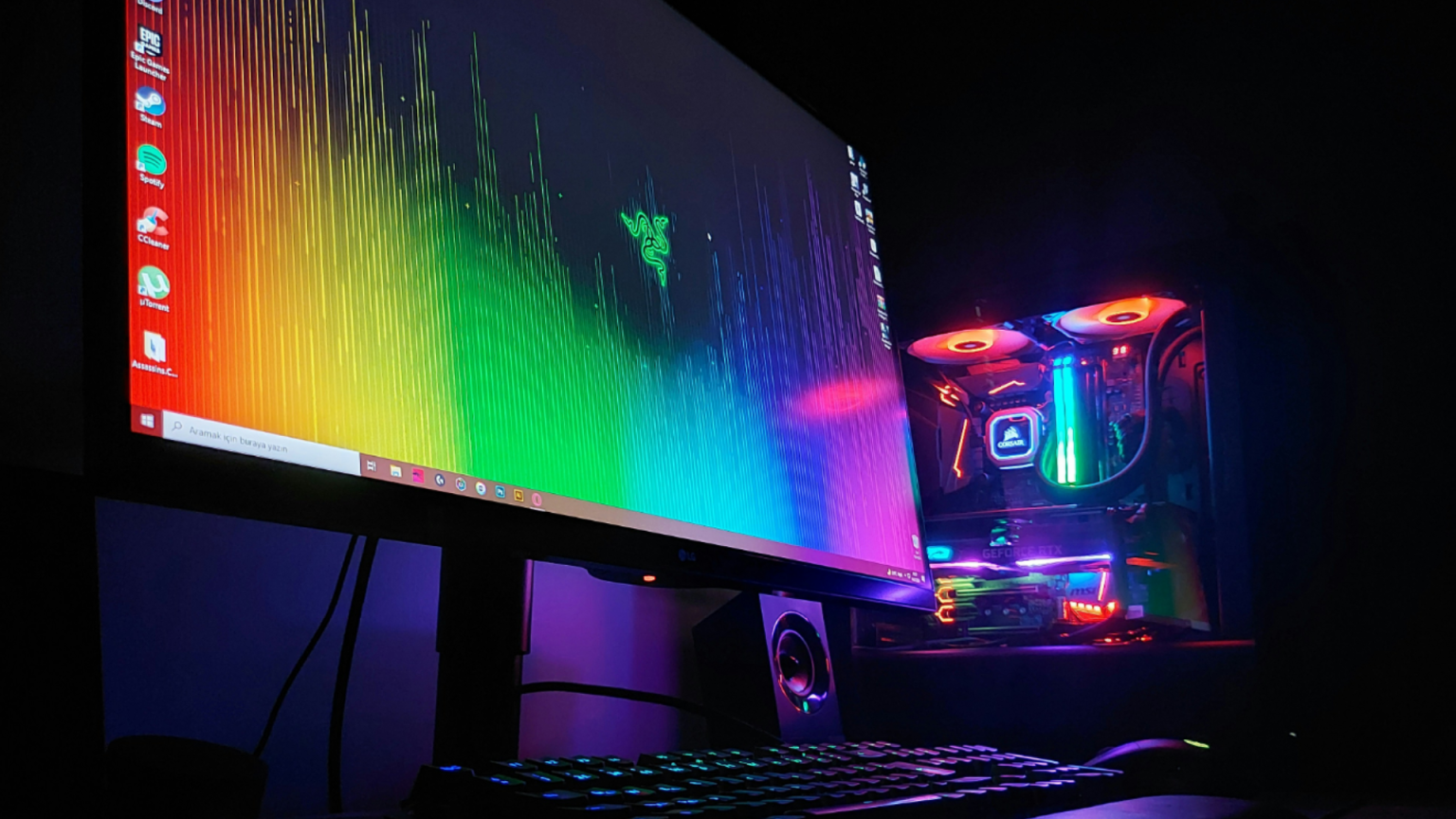Microsoft is venturing into the handheld gaming market, a domain currently dominated by Nintendo Switch, Valve’s Steam Deck, and Sony’s PlayStation Portal. While initial speculation pointed towards a dedicated Xbox handheld console, Microsoft’s strategy seems to be converging towards bridging the gap between Xbox and Windows gaming on handheld PCs. Instead of creating a separate ecosystem, Microsoft aims to leverage its existing Windows infrastructure, optimizing it for the handheld gaming experience. This approach marks a departure from the traditional console approach adopted by its competitors and indicates a focus on expanding the reach of Xbox games beyond the console ecosystem.
The company’s vice president of next-generation gaming, Jason Ronald, revealed this strategic direction, highlighting Microsoft’s two-decade-long investment in building a robust operating system currently limited to the console environment. The goal is to unlock this potential and extend the Xbox gaming experience to the broader Windows ecosystem, specifically targeting handheld devices. This implies that future Xbox handhelds might run a modified version of Windows, tailored for gaming and optimized for touch and controller input, rather than a completely new operating system.
This strategy aims to address the current limitations of Windows-based gaming handhelds, which have faced criticism for performance issues and a lack of optimization for gamepad controls. Many PC games are primarily designed for mouse and keyboard input, leading to compromised experiences on handhelds. The existing Windows OS also serves diverse functions beyond gaming, potentially affecting its efficiency for dedicated gaming experiences. Microsoft’s intention to develop a gaming-centric operating system seeks to rectify these issues, offering a more seamless and optimized gaming experience on handheld devices.
The focus on Windows integration also suggests a potential push toward cloud gaming. Microsoft’s Xbox Cloud Gaming service, already accessible on various devices, could play a central role in this handheld strategy. Streaming games directly to a handheld device removes the need for powerful onboard hardware, potentially leading to more affordable and accessible handheld gaming options. This aligns with Microsoft’s broader vision of making gaming more accessible through its cloud services.
While exact details remain scarce, Ronald promises more information later this year, indicating that the project is actively progressing. He emphasized the company’s commitment to making the handheld experience feel native and gaming-centric, regardless of underlying operating system details. This suggests that Microsoft is investing significant resources in refining the user interface and controls, ensuring they are optimized for handheld gaming. The focus is not merely on porting the Xbox experience to handhelds but on crafting a tailored experience that leverages the unique advantages of portable gaming.
Microsoft’s entry into the handheld market represents a significant shift in the gaming landscape. Its approach, distinct from the dedicated console strategies of its competitors, suggests a focus on integration and accessibility. By leveraging its existing Windows infrastructure and potentially its cloud gaming services, Microsoft aims to create a more seamless and interconnected gaming ecosystem, extending the reach of Xbox beyond the traditional console market and bridging the gap between PC and handheld gaming experiences. The success of this strategy will depend on the execution of its gaming-centric OS and its ability to deliver a compelling and optimized handheld gaming experience that rivals the established players in the market.




